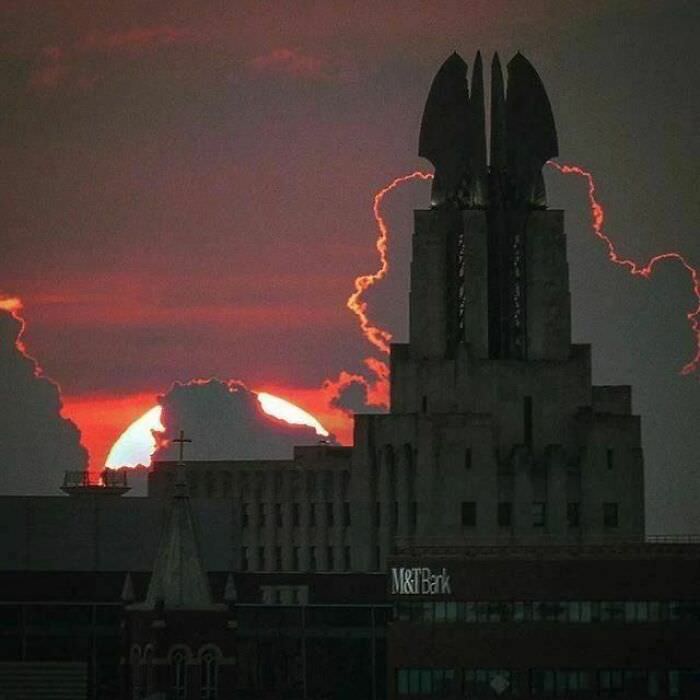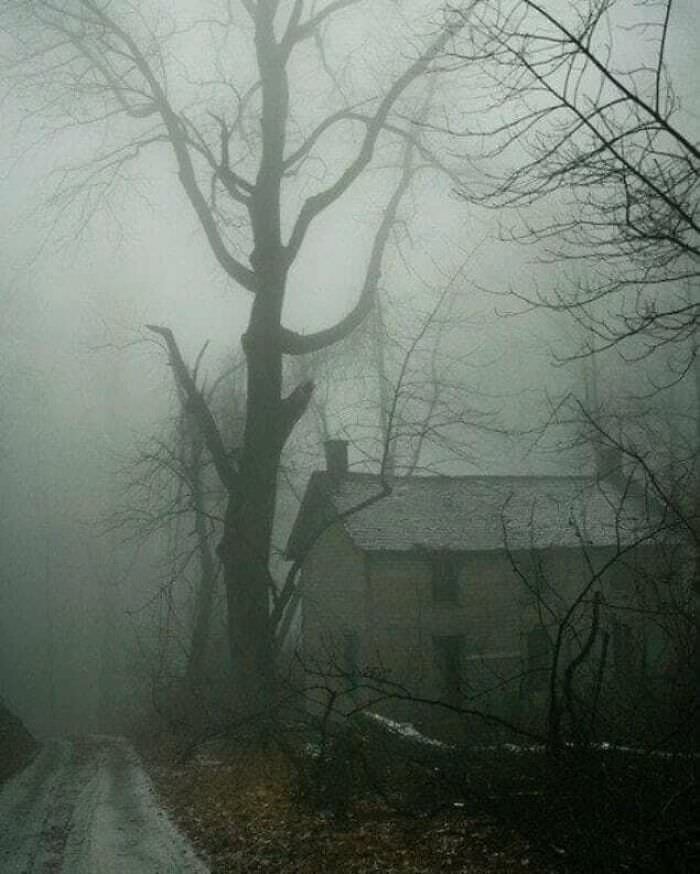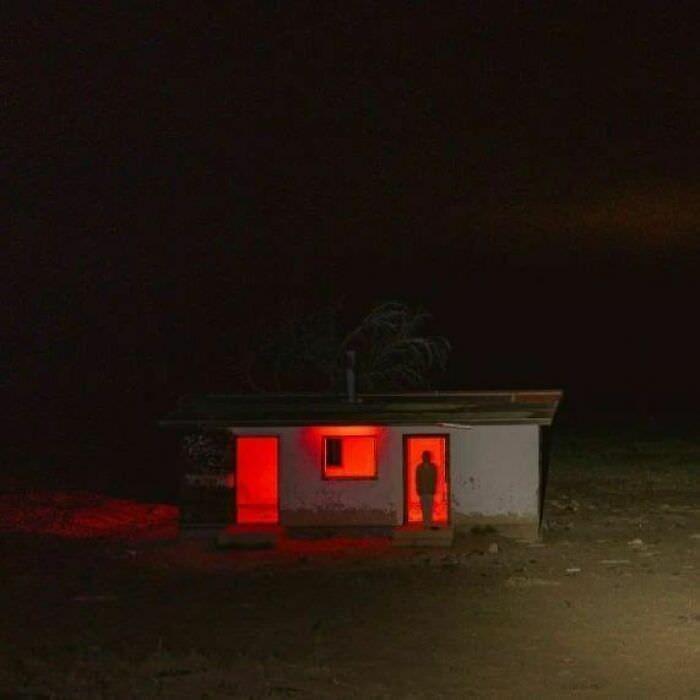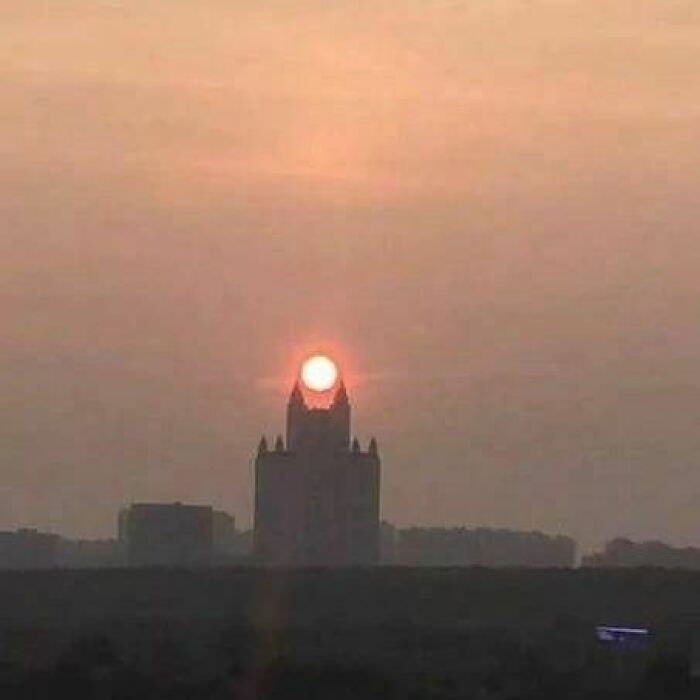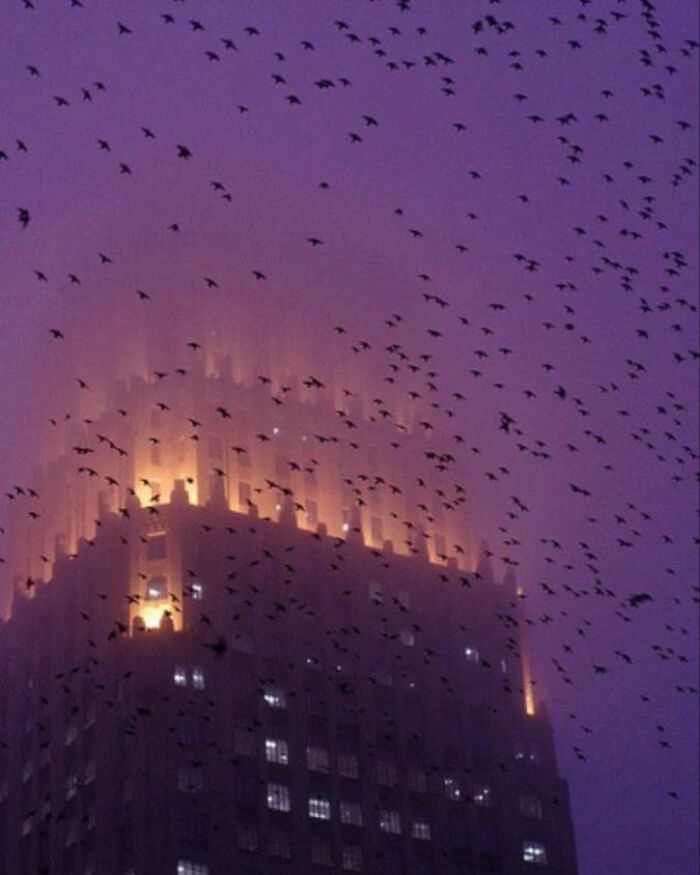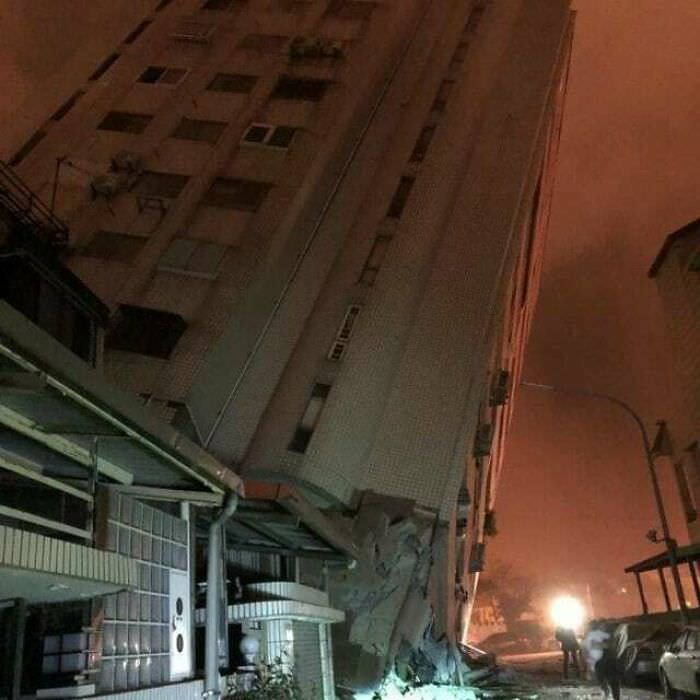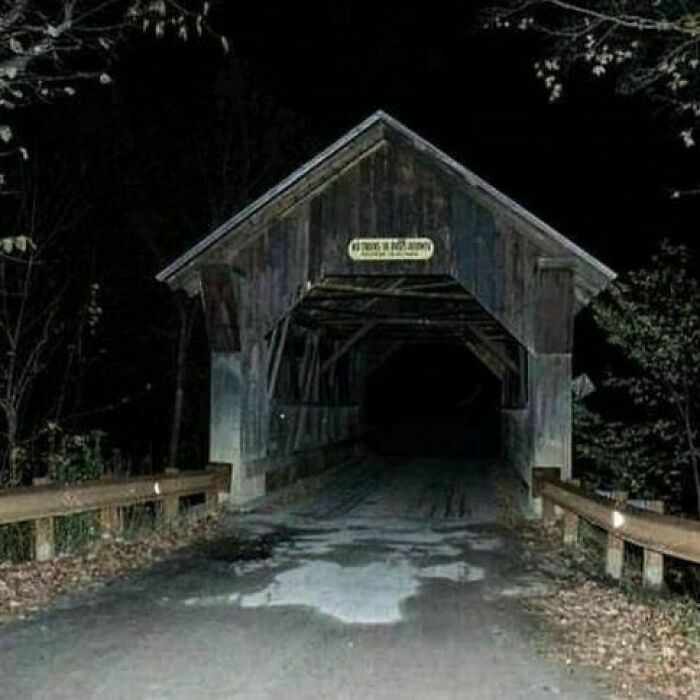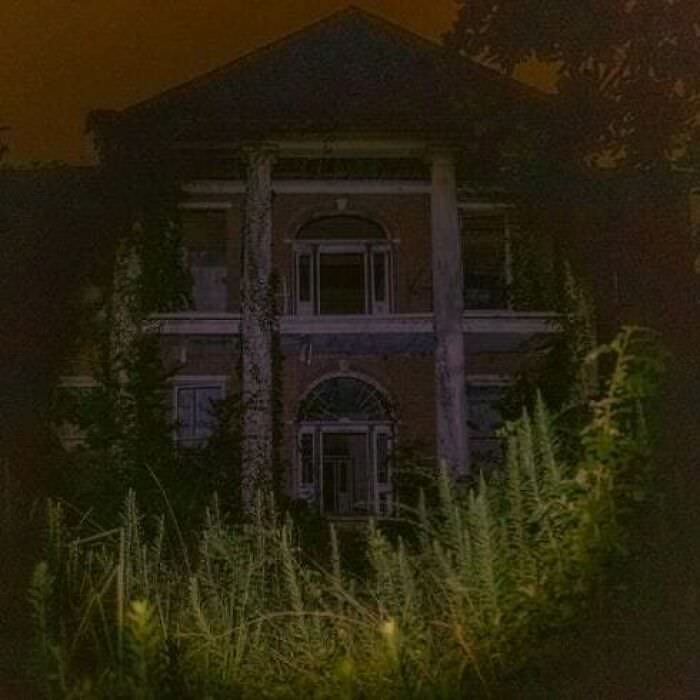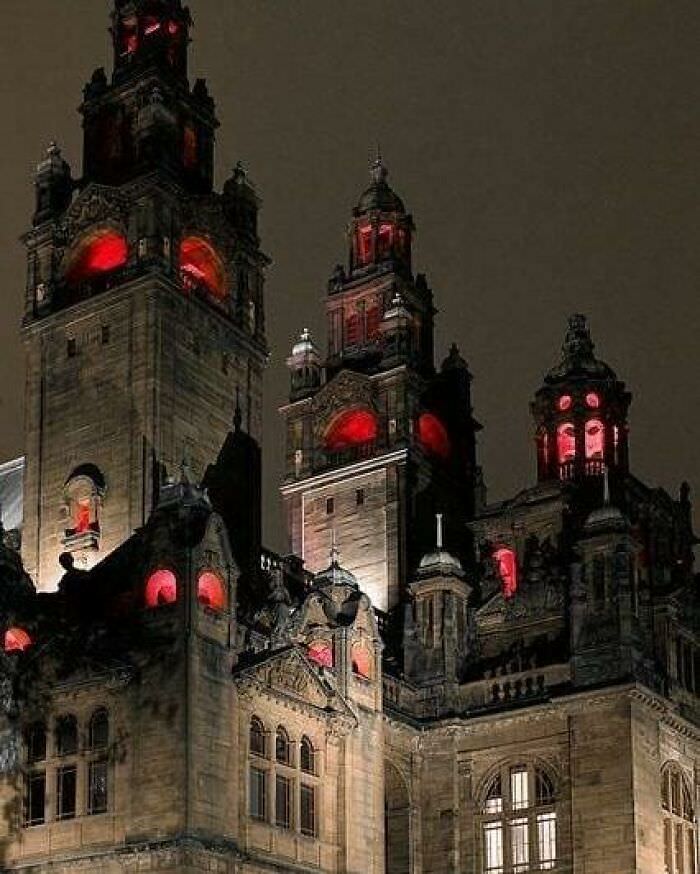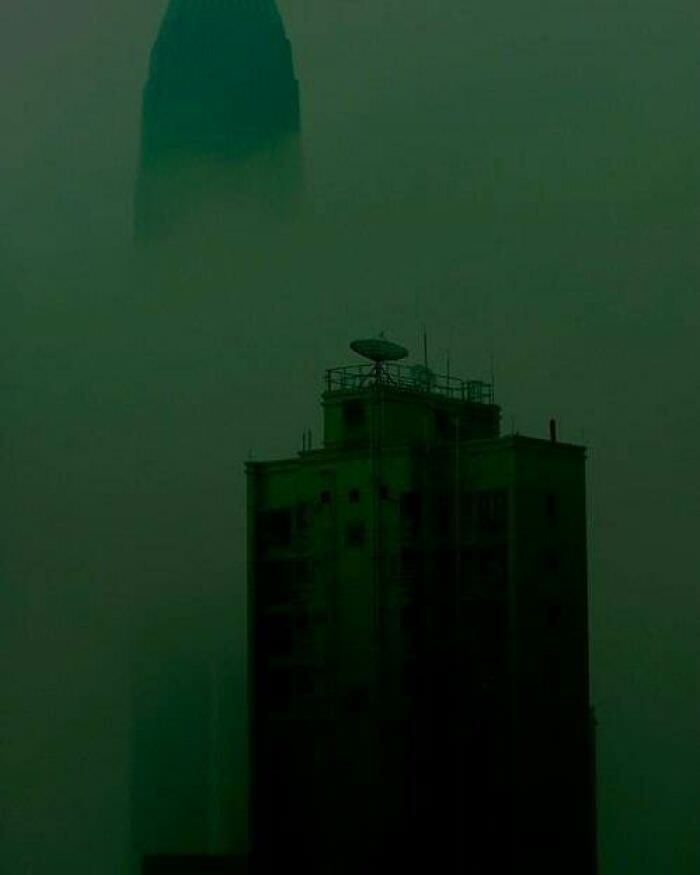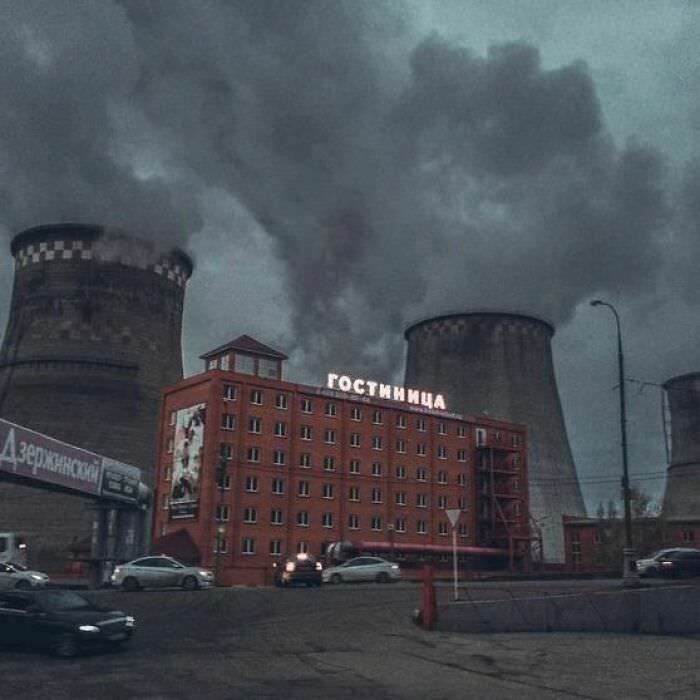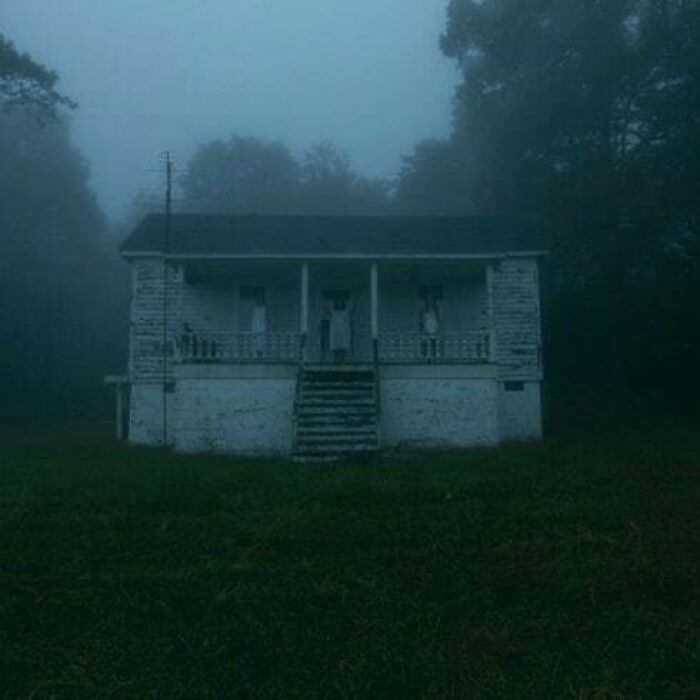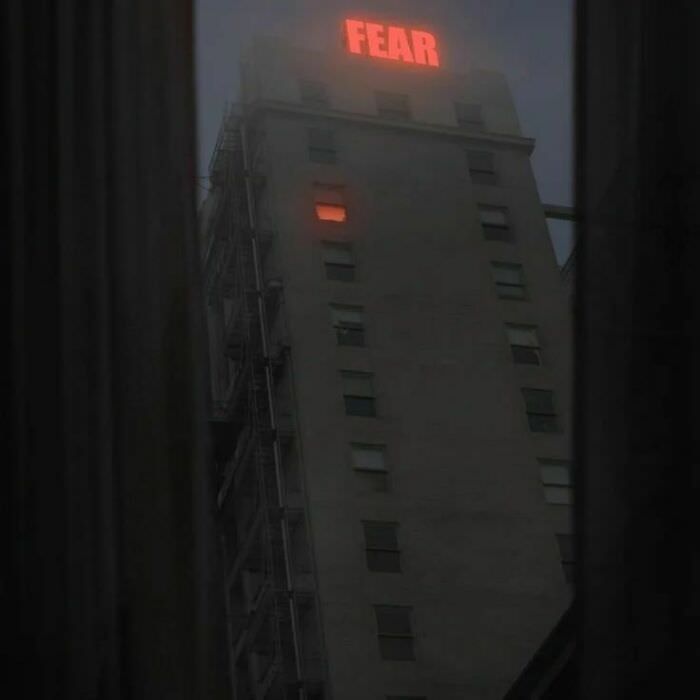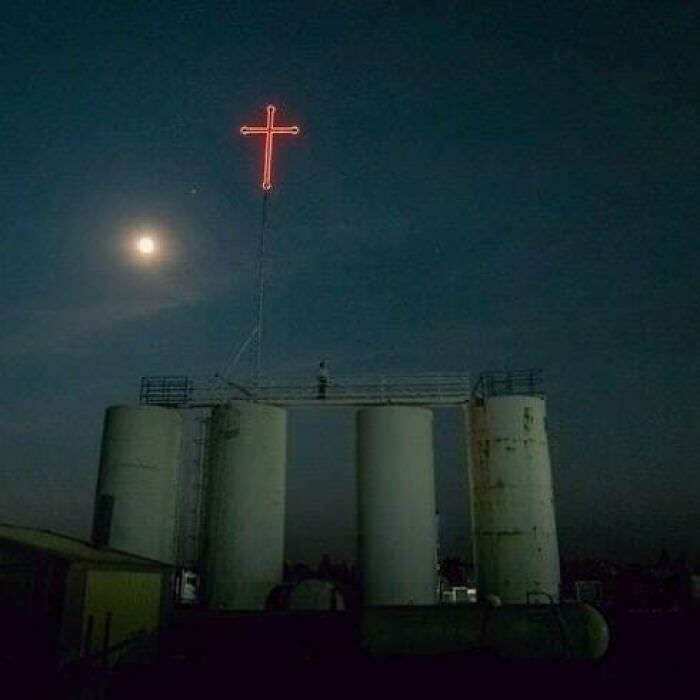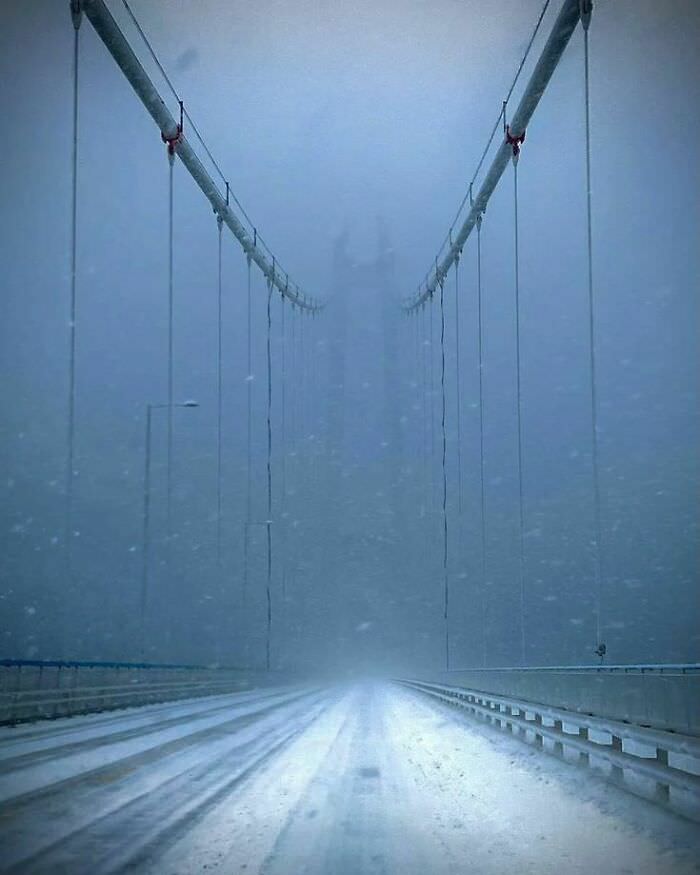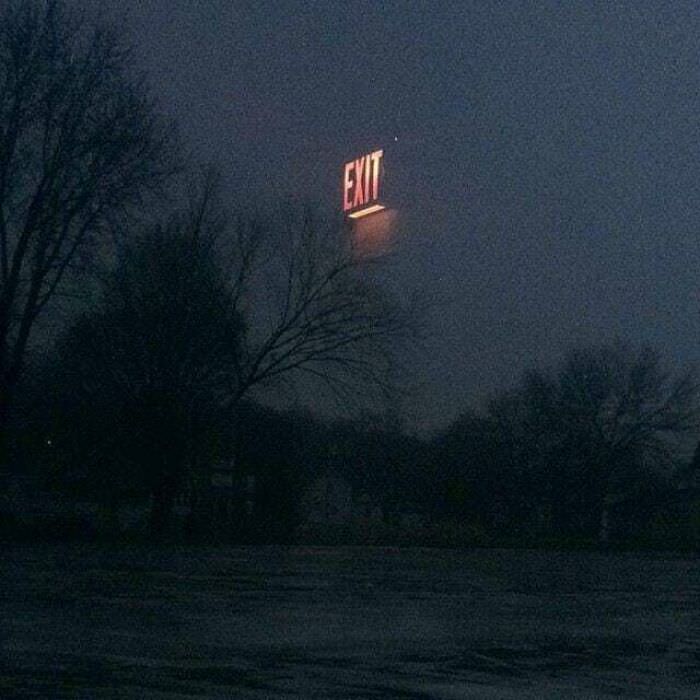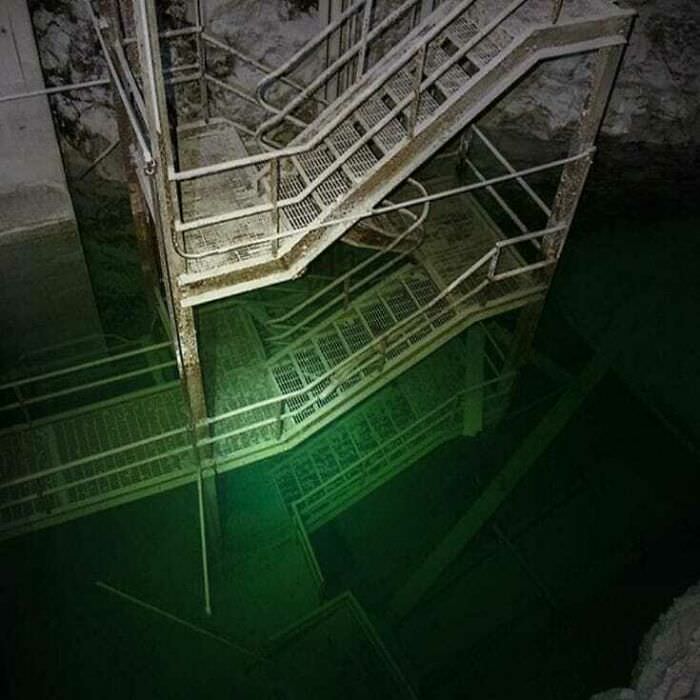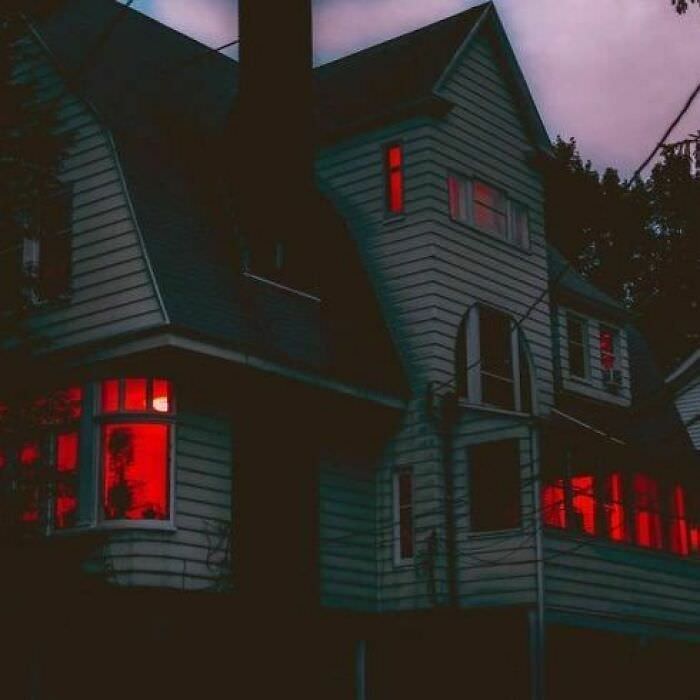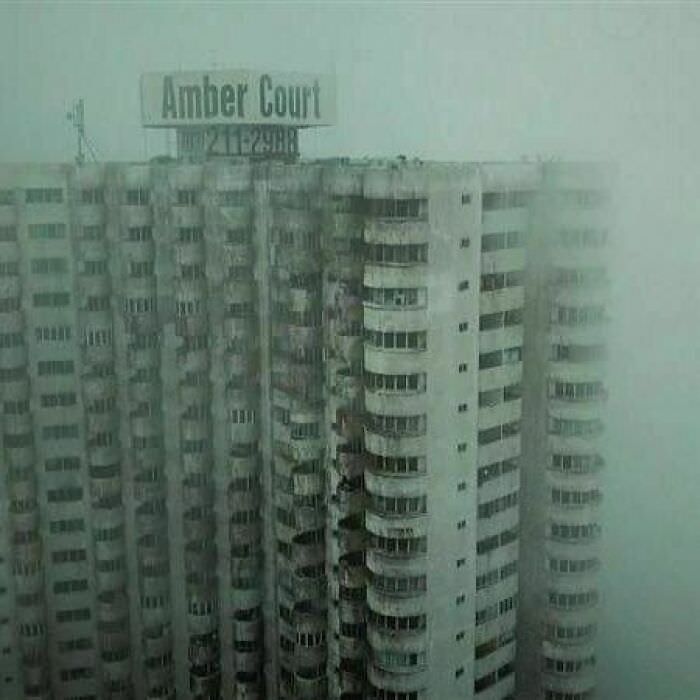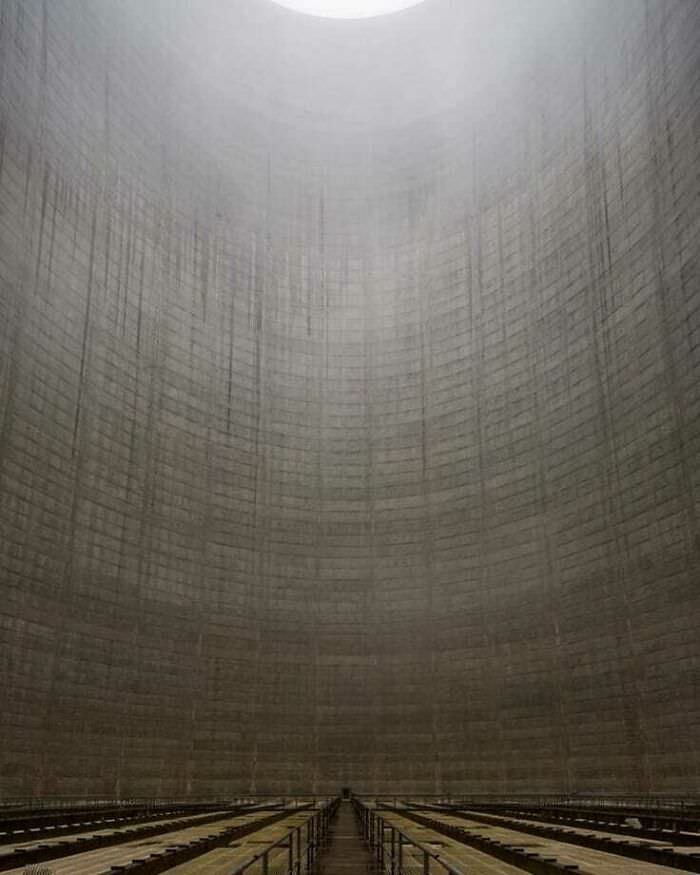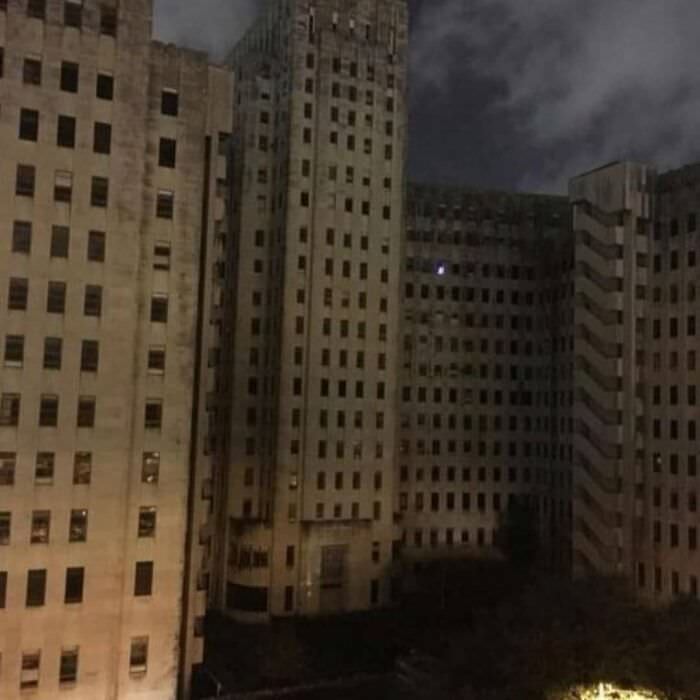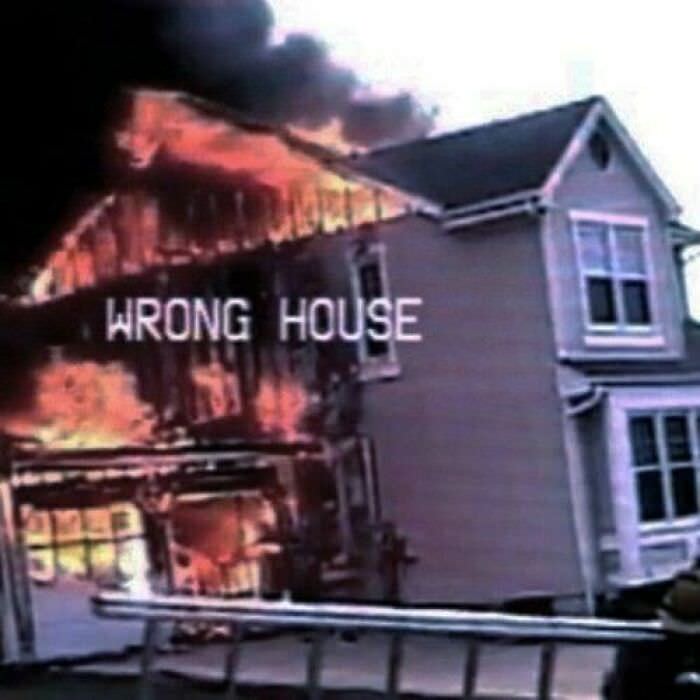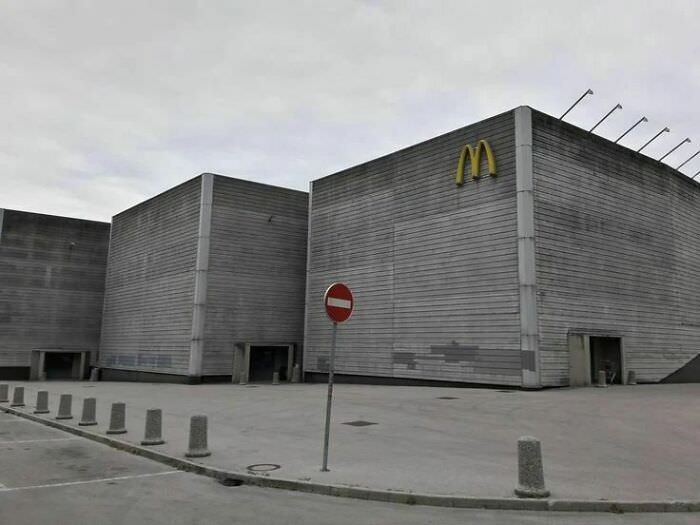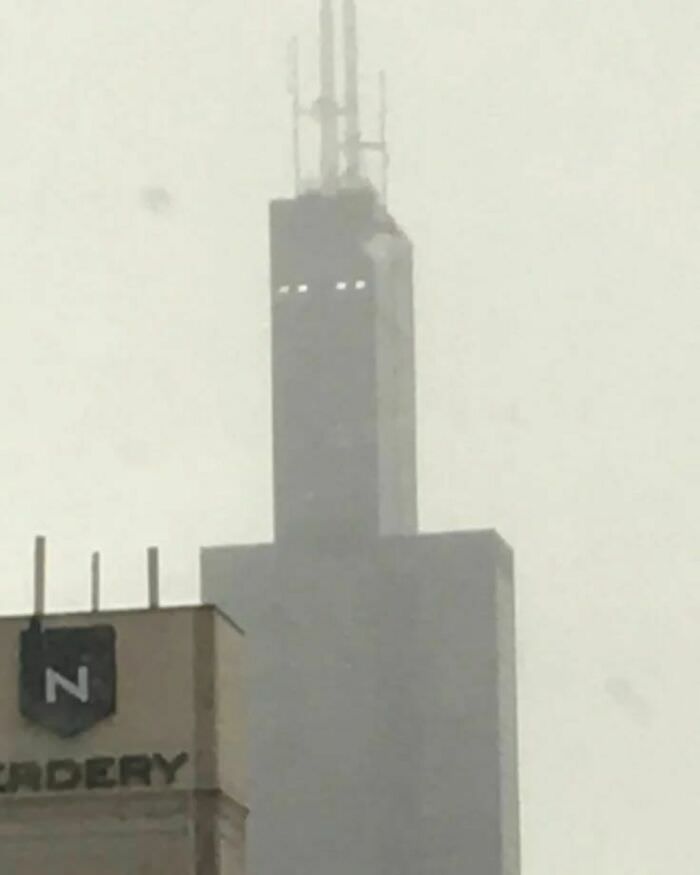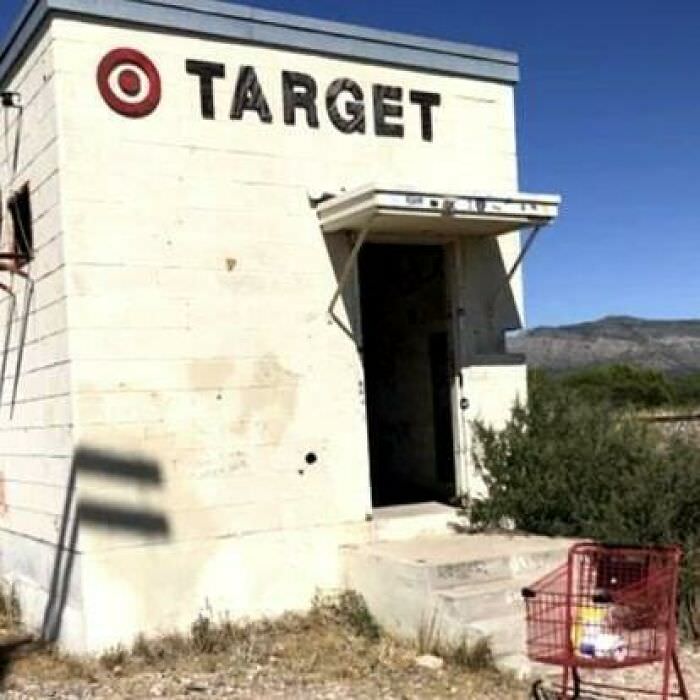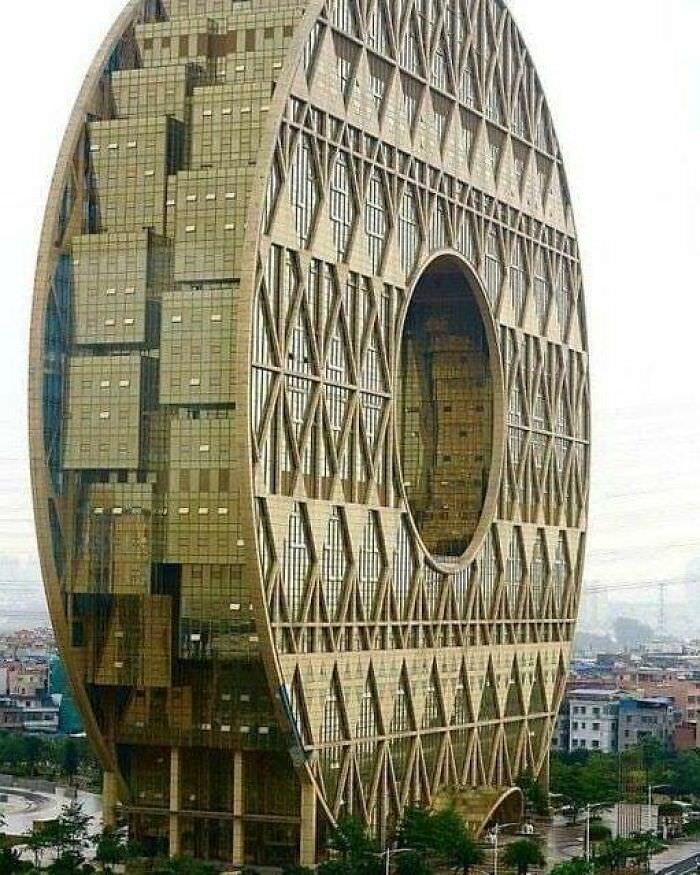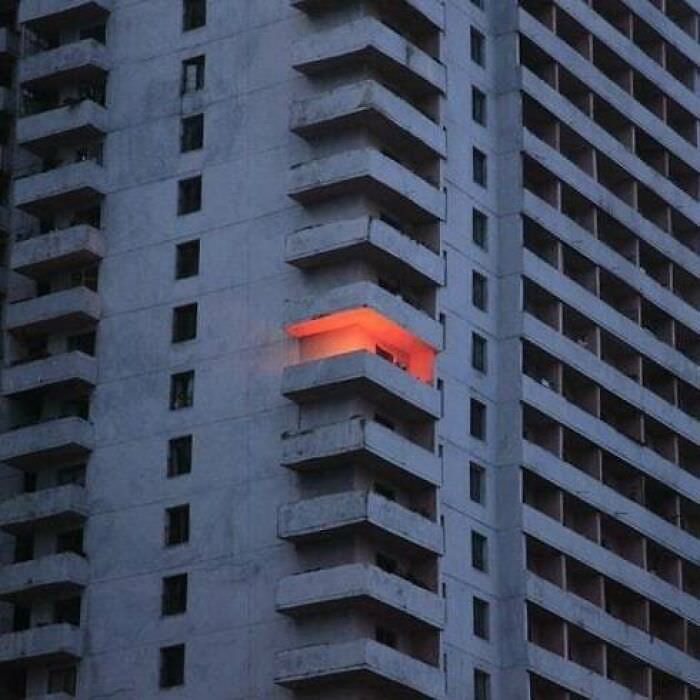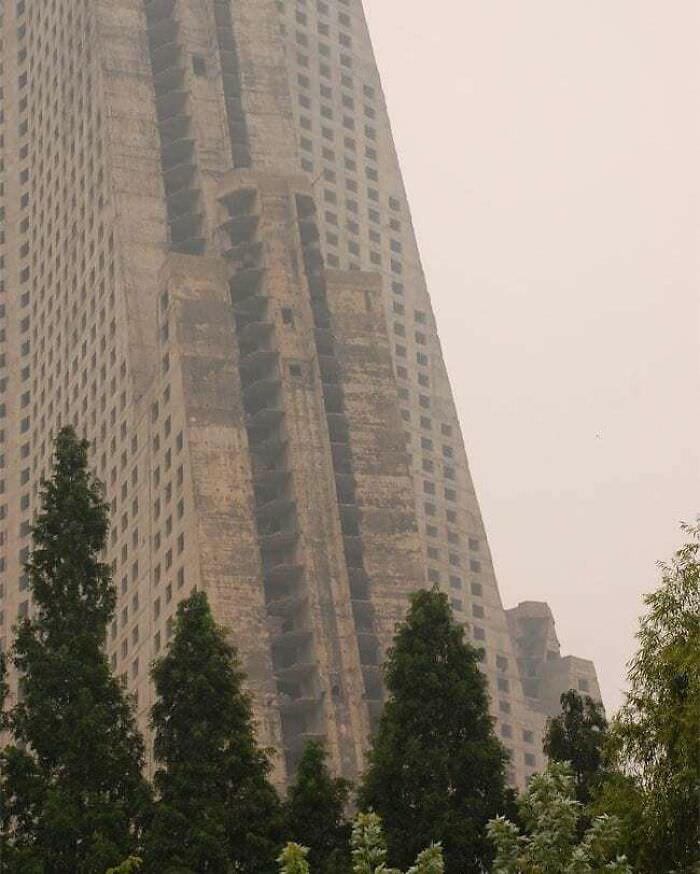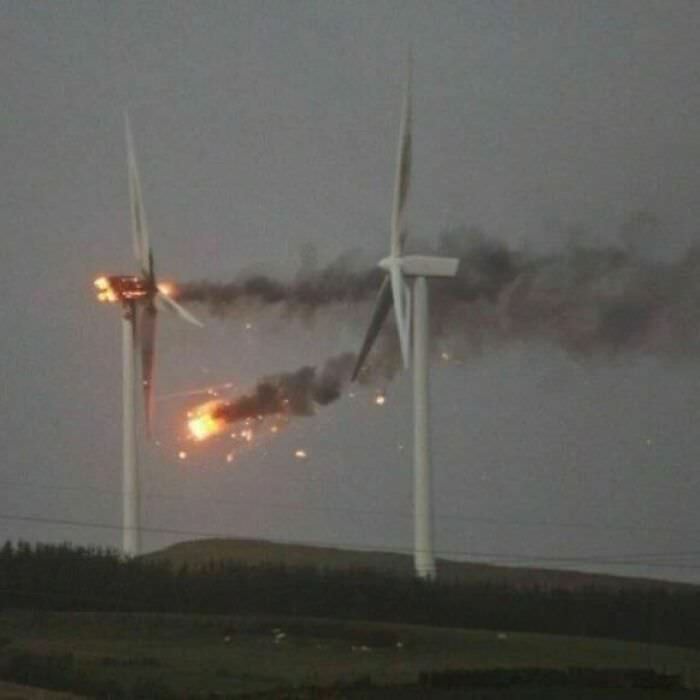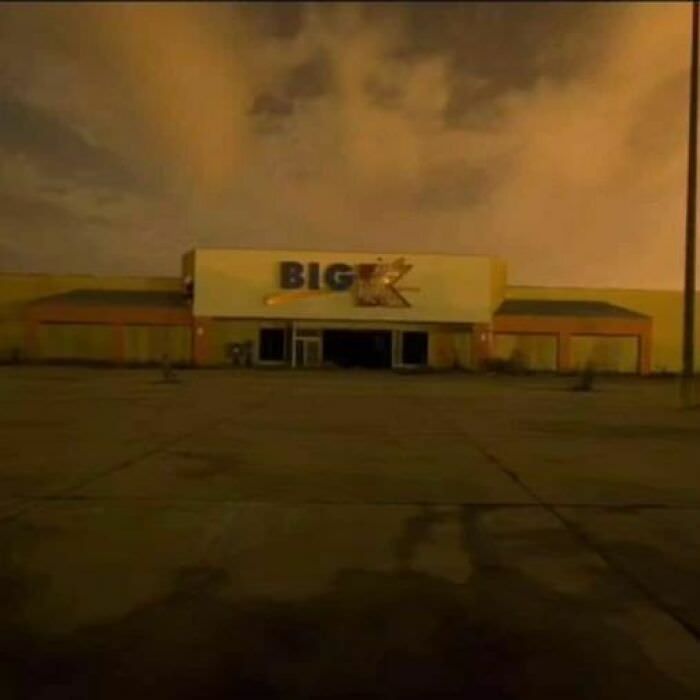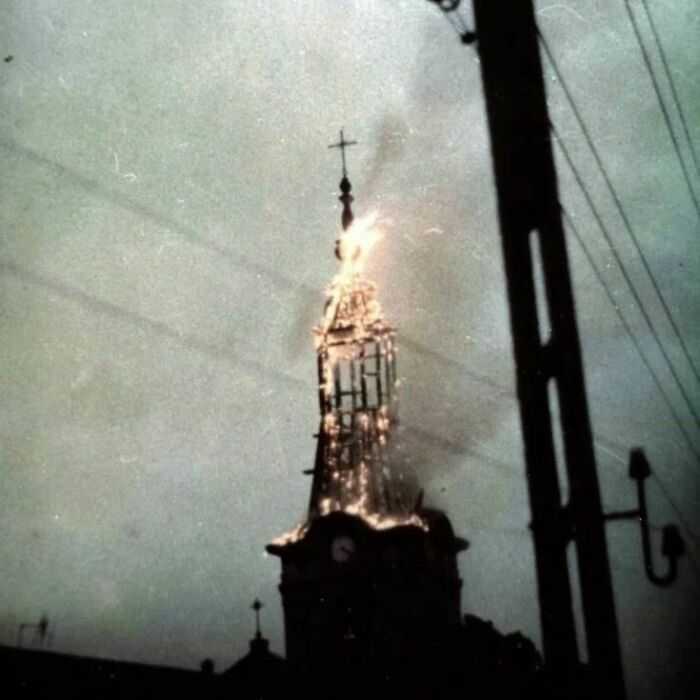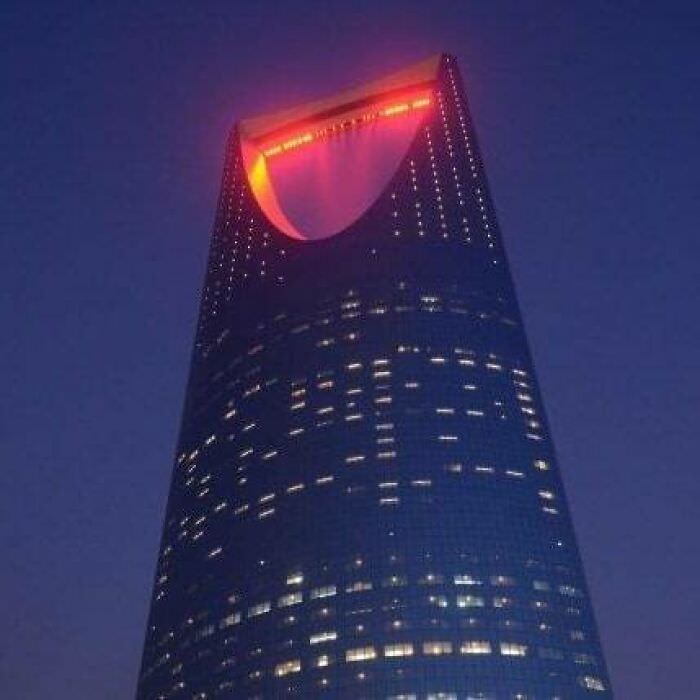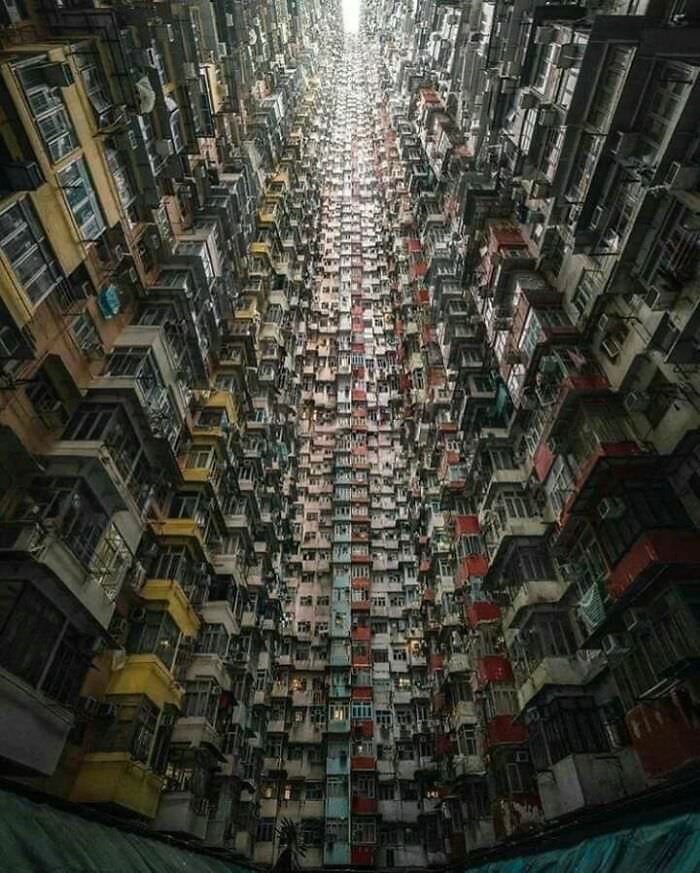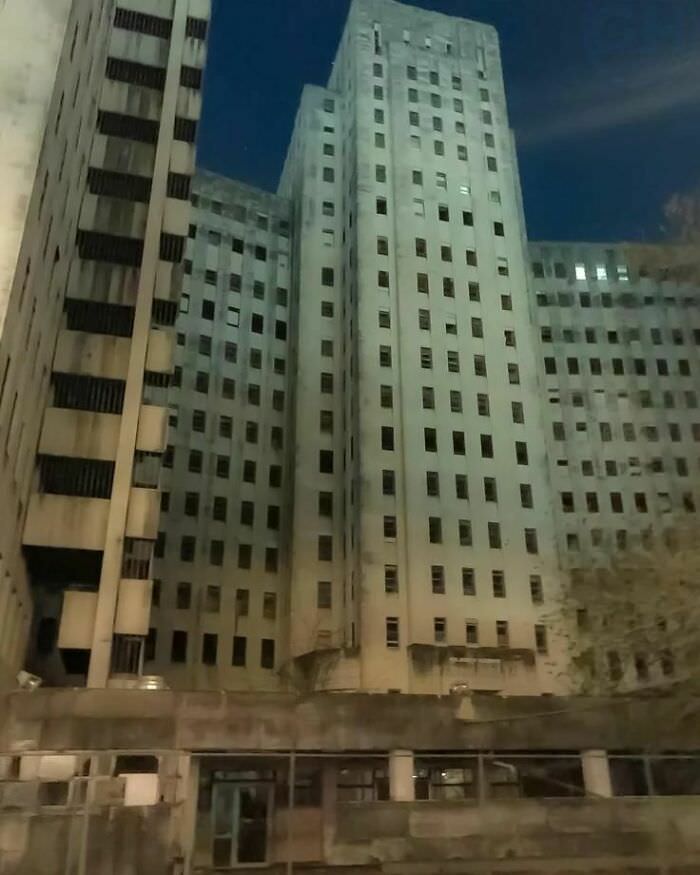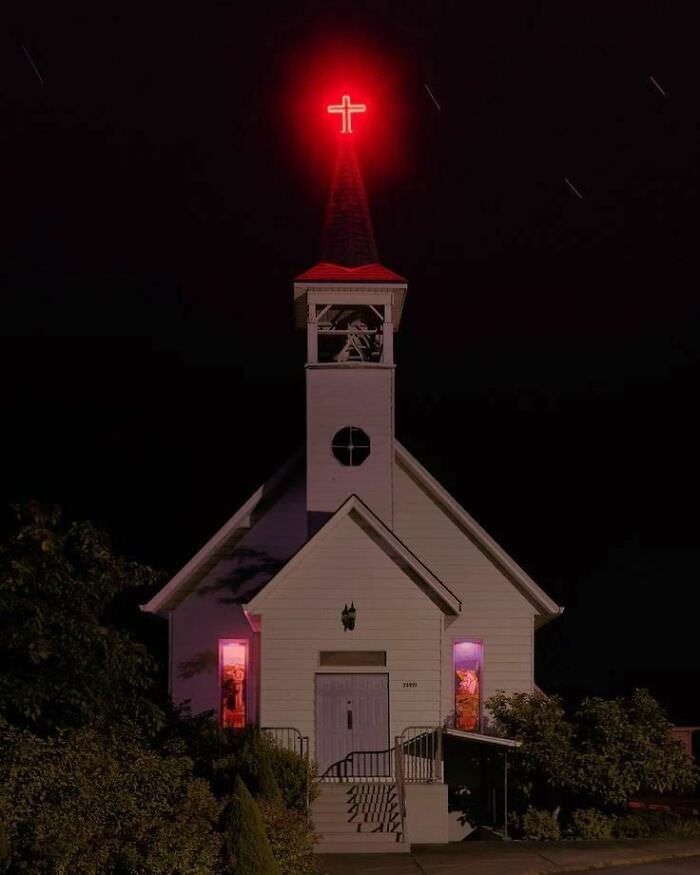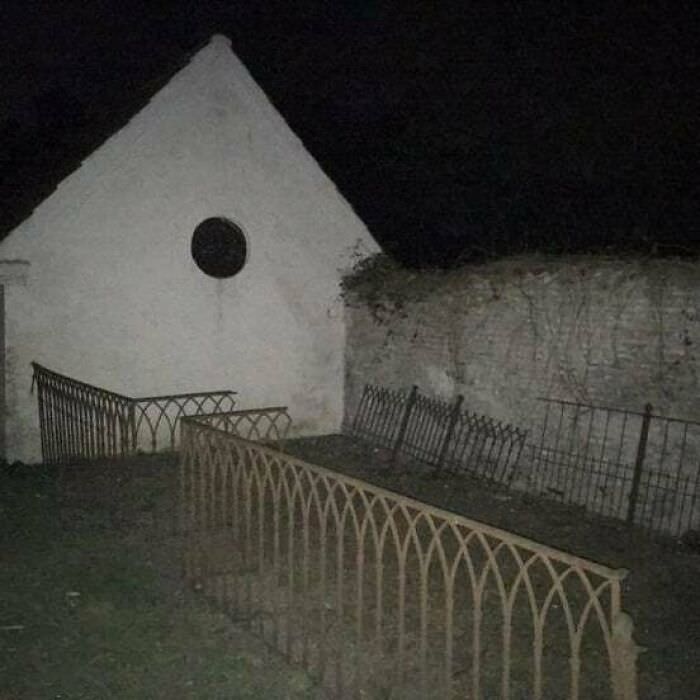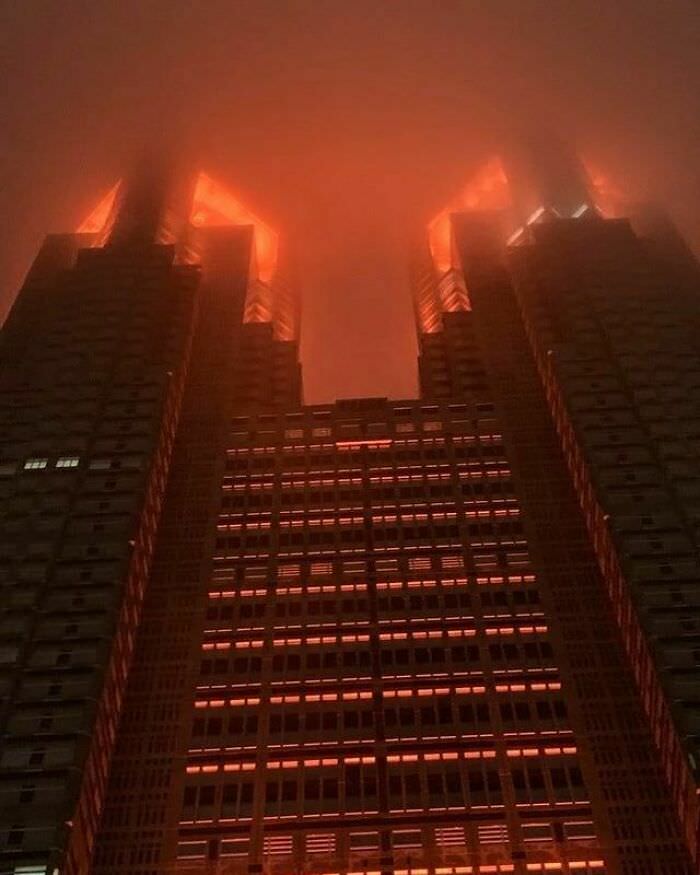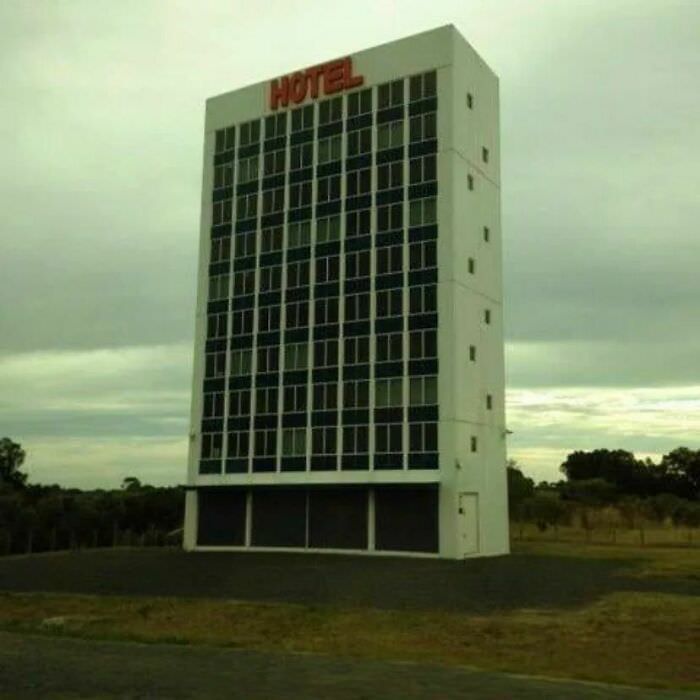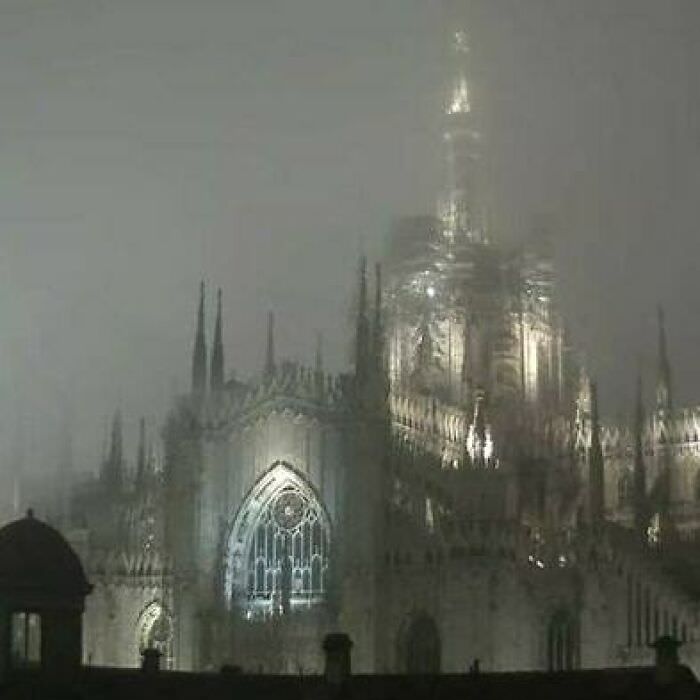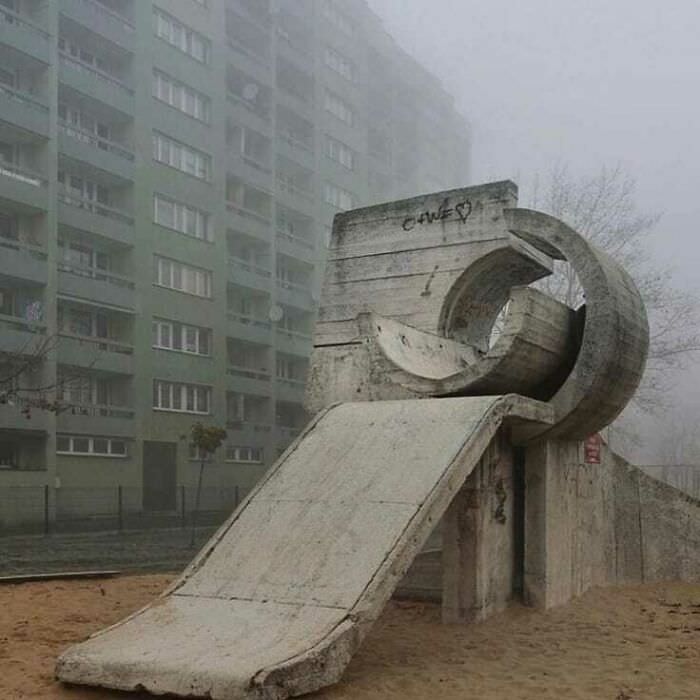They cast long shadows, towering over cityscapes with an imposing air of dominance and menace. Structures of steel, stone, and glass, designed with sharp angles, formidable heights, and an uncanny ability to provoke a sense of unease. Welcome to the world of ‘Evil Architecture.’
Evil Architecture doesn’t imply that these structures are haunted or home to nefarious activities. Instead, it’s a term born out of popular culture to describe buildings whose architectural design leans toward the darkly dramatic, inciting an underlying sense of disquiet. They are the architectural equivalent of the movie villain’s lair, teetering on the precipice of the gothic and surreal.
A multitude of factors contribute to a building’s ‘evil’ reputation. Often, it’s a combination of imposing scale, stark, brutalist design elements, and the play of shadows and light that creates a sense of ominous foreboding. The chosen materials and color palettes also play a significant role, with darker hues and austere surfaces adding to the intimidating aura.
These buildings, found in every corner of the globe, are paradoxically captivating in their unsettling appeal. From high-rising skyscrapers to stark industrial complexes, the architectural designs push the envelope, challenging the norms of aesthetic comfort and familiarity. Yet, despite their outwardly ominous appearances, many of these structures serve benign, everyday purposes, acting as commercial centers, governmental buildings, or residential blocks.
Venture through our specially curated list of some of the world’s most ‘evil’ architectural marvels. Each has a story to tell, and each leaves an undeniable impression. While they might not be everyone’s cup of tea, there’s no denying the powerful impact they have on our urban landscapes, our imaginations, and our emotions. Remember, even in their grim facade, there’s a certain allure that only ‘Evil Architecture’ can provide.



